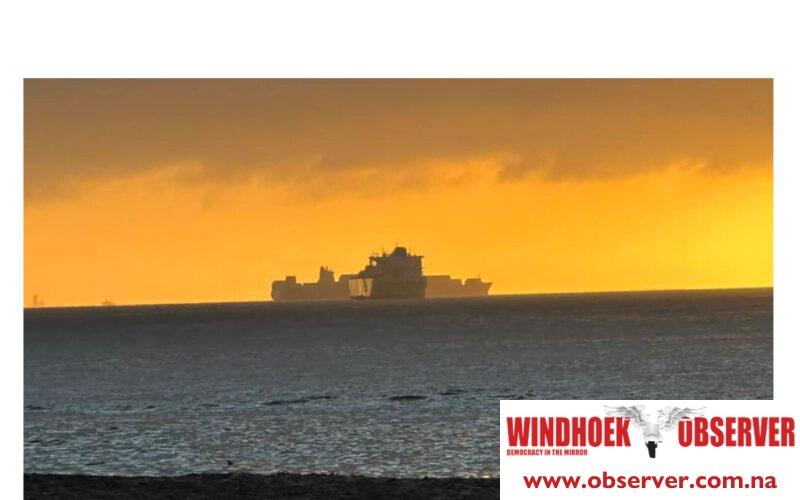Niël Terblanché
In response to the escalating security threats in the Red Sea, commercial ships are rerouting their journeys through African ports, creating a surge in demand for bunker fuel and reshaping global refuelling patterns.
The Middle East has been on edge due to a series of attacks on cargo ships and subsequent American retaliation, leading to heightened tensions in the region.
As a result, the Red Sea has become a risky passage for vessels, causing them to seek alternative routes and refuelling stops.
In the face of growing security concerns, the shipping industry is undergoing a transformation in its routes and refuelling strategies, with African ports playing an increasingly vital role in ensuring the safety and efficiency of maritime commerce.
African ports, especially those in Namibia and Mauritius, are emerging as preferred refuelling destinations for ships looking to avoid the security challenges in the Red Sea. Shipping giant A.P. Moller-Maersk has identified the Namibian port of Walvis Bay and Port Louis in Mauritius as top options for refuelling en route.
The strategic importance of these African ports is on the rise as they offer a safe haven for vessels, reducing the need for diversions and ensuring smoother transit.
Tankers, bulkers, and other cargo vessels are increasingly choosing to reroute their journeys around the Cape of Good Hope, even though it adds an extra 5,000 miles to their voyages.
Trafigura’s TFG Marine, which operates at Southern African ports like Walvis Bay and Algoa Bay, actively supplies fuel to ships diverted from the Suez Canal.
While the company does not comment on volume estimates, it acknowledges the surge in demand across East, West, and South Africa.
Ports in South Africa, the Canary Islands, Gibraltar, and Port Louis have witnessed a significant increase in bunker fuel demand.
In Cape Town and Durban, low-sulfur bunker fuel prices have risen by approximately 15%, reaching around $800 per metric ton since mid-November.
Cargo ships and oil tankers are increasingly making their way to ports in the West Mediterranean, as demand shifts away from the Red Sea region. Industry sources anticipate that Las Palmas and Western Mediterranean ports may experience increased demand as African ports approach their capacity limits.
While there has not been a sharp spike in demand yet, Singapore and Rotterdam are expected to see rising fuel purchases in the coming weeks as ships search for cost-effective fuel rates. Spot premiums for low-sulfur bunker fuel in Singapore have already increased, reflecting the evolving dynamics of the global maritime industry. Shipping lines lauded the convenience of the port of Walvis Bay, which requires minimal deviation for ships making their way around the southern tip of Africa.
Initially, it was primarily container lines rerouting around the Cape of Good Hope, but they have been followed by tankers, bulkers, and other cargo vessels.




